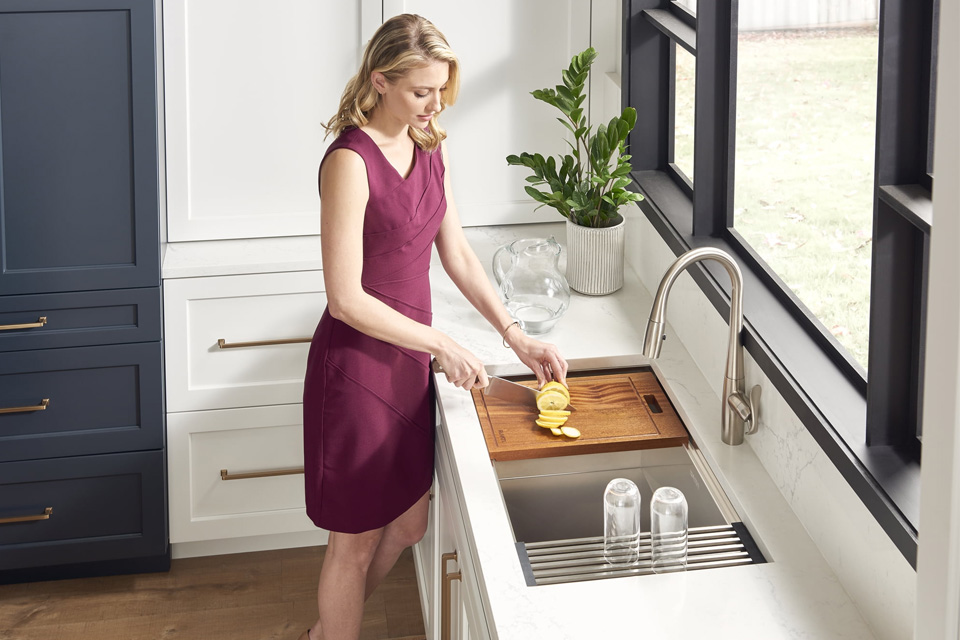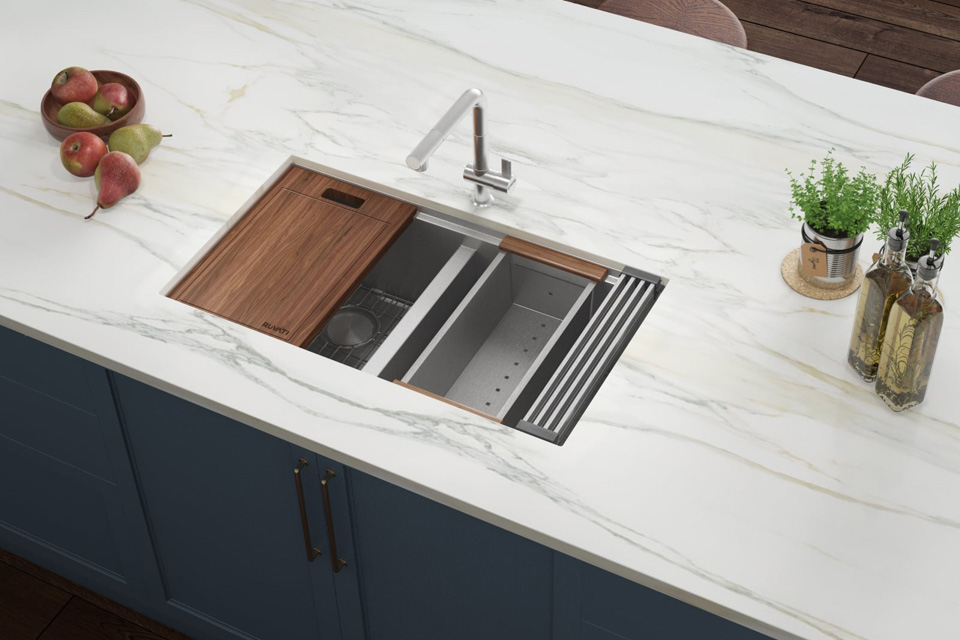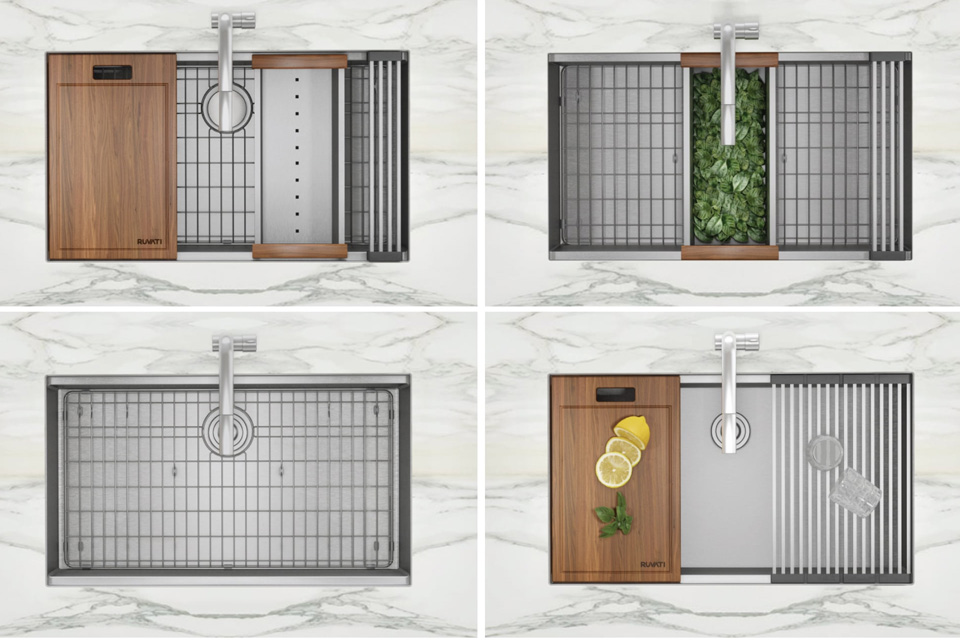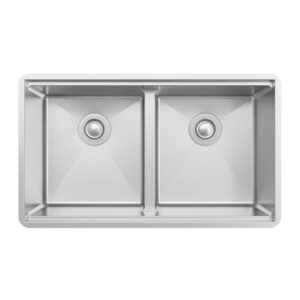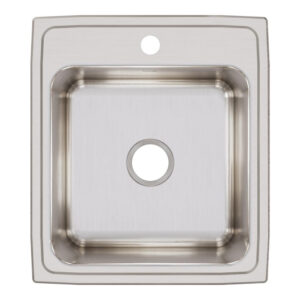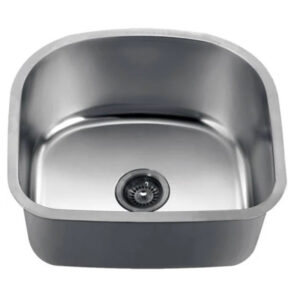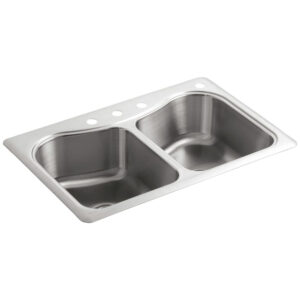
Choosing Kitchen Countertops for Undermount Sinks: The Ultimate Guide
Table of Contents
Introduction
This guide will help you navigate the wide range of countertop options, materials, and considerations, ensuring you choose the best fit for your undermount sink. Whether you’re remodeling your kitchen or building a new one, this article provides expert insights to make informed decisions.
What is an Undermount Sink and Why Choose It?
An undermount sink is designed to be installed beneath the countertop rather than sitting on top of it. This creates a smooth, streamlined look that blends seamlessly with the countertop material. Unlike traditional overmount sinks, which have a visible rim, undermount sinks provide a clean, uninterrupted surface.
Why Choose an Undermount Sink? The advantages are clear: they are easier to clean, as there’s no lip where debris can accumulate, and they offer a more modern, sleek appearance that many homeowners prefer. Additionally, undermount sinks free up more counter space, making them a practical choice for both kitchens and bathrooms.
Undermount sinks are also versatile, working well with a variety of countertop materials. However, choosing the right countertop is crucial to ensuring the longevity and performance of your sink.
Factors to Consider When Choosing Countertops for Undermount Sinks
Selecting the right countertop for your undermount sink involves more than just aesthetics. Here are key factors to consider:
Durability: Your countertop must be strong enough to support the weight of the sink and withstand daily use. Materials like granite and quartz are known for their durability.
Water Resistance: Since undermount sinks are installed beneath the countertop, any water that splashes over the edge can seep into the seams. Ensure your countertop material is resistant to water damage.
Material Compatibility: Not all materials work well with undermount sinks. For example, laminate countertops may require special edging to prevent water damage, while solid surfaces and natural stones are better suited for this installation.
By carefully considering these factors, you’ll ensure that your kitchen countertop not only looks great but also performs well over time.
The Best Countertop Materials for Undermount Sinks
When choosing countertops for undermount sinks, certain materials stand out for their compatibility and performance:
Granite: A popular choice due to its durability and resistance to scratches and heat. Granite pairs beautifully with undermount sinks and adds a luxurious touch to any kitchen.
Quartz: Engineered quartz is non-porous, making it an excellent option for undermount sinks. It’s low-maintenance and available in a variety of colors and patterns.
Solid Surface: These countertops offer a seamless look and are easy to maintain. They’re also water-resistant, which is a plus for undermount sink installations.
Each of these materials offers unique benefits, so the best choice depends on your specific needs and design preferences.
Granite Countertops: A Perfect Pairing for Undermount Sinks
Granite countertops are a classic choice for kitchens, known for their natural beauty and durability. When paired with an undermount sink, granite offers several advantages:
Strength and Durability: Granite is one of the hardest natural stones, making it resistant to scratches, heat, and stains. This durability makes it ideal for busy kitchens.
Aesthetic Appeal: The unique patterns and colors of granite add a touch of elegance to any kitchen. Undermount sinks enhance this aesthetic by providing a seamless transition from countertop to sink.
Water Resistance: Properly sealed granite is highly water-resistant, making it a practical choice for undermount installations where water exposure is common.
While granite is more expensive than some other options, its longevity and visual appeal make it a worthwhile investment.
Laminate Countertops and Undermount Sinks: Can They Work Together?
Laminate countertops are known for their affordability and wide range of design options. However, when it comes to pairing them with undermount sinks, there are some important considerations:
Water Damage Risk: Laminate is made of layers of paper or fabric fused with resin, making it susceptible to water damage if not properly sealed. For undermount sinks, this can be a significant concern.
Installation Challenges: Installing an undermount sink with laminate countertops can be tricky. The edges need to be carefully finished to prevent water infiltration, which might require specialized expertise.
Alternative Options: If you love the look of laminate but want the functionality of an undermount sink, consider using a high-pressure laminate or combining laminate with a solid surface material at the sink area.
While laminate and undermount sinks can work together, it requires careful planning and execution to avoid potential issues.
Types of Kitchen Countertops for Undermount Sinks
The variety of countertop materials available can be overwhelming, but when choosing for an undermount sink, certain types stand out:
Stone Countertops (Granite, Marble, Soapstone): Stone countertops are popular for their durability and high-end appearance. They’re ideal for undermount sinks because they can be precisely cut to fit the sink’s edges.
Solid Surface Countertops: Made from acrylic, these countertops offer a seamless look and are easy to repair if scratched. They’re non-porous and resistant to water, making them a good match for undermount sinks.
Quartz Countertops: Engineered quartz is durable, non-porous, and low-maintenance. Its uniformity makes it easier to install with undermount sinks, and it’s available in a wide range of colors and patterns.
Each of these countertop types offers different benefits, so consider your kitchen’s needs and your design preferences when making a choice.
Choosing the Right Sink Material for Your Undermount Installation
The material of your sink is just as important as the countertop. Here’s a comparison of popular options:
Stainless Steel: A classic choice for kitchens, stainless steel sinks are durable, easy to clean, and resistant to heat and stains. They pair well with a variety of countertop materials, including granite and quartz.
Cast Iron: Known for their strength and heat retention, cast iron sinks are coated with enamel for a glossy finish. They’re heavy, so ensure your countertop can support the weight.
Composite Sinks: Made from a mixture of materials like quartz and granite, composite sinks are durable and resistant to scratches and stains. They’re a good match for stone countertops.
By choosing the right sink material, you’ll ensure that your undermount installation is both functional and aesthetically pleasing.
Stone Countertops: Why They’re a Top Choice for Undermount Sinks
Stone countertops, including marble, granite, and soapstone, are often recommended for undermount sinks due to their durability and elegant appearance:
Durability: Stone countertops can withstand heavy use and are resistant to scratches, heat, and stains, making them ideal for undermount installations.
Seamless Appearance: The ability to cut stone precisely allows for a seamless integration with undermount sinks, enhancing the overall aesthetic of your kitchen.
Maintenance Considerations: While stone countertops are durable, they do require regular sealing to prevent stains and water damage, particularly in areas around the sink.
Overall, stone countertops offer a perfect blend of beauty and functionality for undermount sinks.
Installing an Undermount Sink: What to Expect
The installation of an undermount sink requires precision and expertise. Here’s what you can expect during the process:
Countertop Preparation: The countertop must be precisely cut to fit the sink, and the edges should be smooth and even to ensure a proper seal.
Mounting the Sink: The sink is mounted beneath the countertop using brackets or adhesives. Proper support is crucial to prevent the sink from detaching over time.
Sealing the Edges: A watertight seal is essential to prevent leaks and water damage. Silicone caulk is typically used around the edges of the sink to create a secure bond.
By understanding the installation process, you can better prepare for the work involved and ensure a successful outcome.
Advantages of Undermount Sinks in Kitchen and Bath Design
Undermount sinks offer several advantages in both kitchen and bathroom design:
Increased Counter Space: Without a visible rim, undermount sinks free up more counter space, making them ideal for smaller kitchens and bathrooms.
Sleek, Modern Look: The seamless integration of an undermount sink with the countertop creates a clean and contemporary appearance that appeals to many homeowners.
Ease of Cleaning: With no lip to trap dirt and debris, undermount sinks are easier to clean and maintain, contributing to a more hygienic kitchen or bathroom environment.
These benefits make undermount sinks a popular choice for both new builds and remodels, enhancing both the form and function of your space.
In conclusion, choosing the right kitchen countertops for undermount sinks involves careful consideration of material, design, and installation. By following this guide, you’ll be well-equipped to make the best decision for your kitchen or bathroom, ensuring a beautiful and functional space for years to come.
Comments
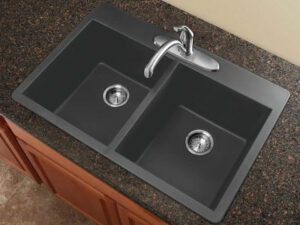
The Comparison Between Double Bowl Sink and Single Bowl Sink
When designing your kitchen, selecting the right sink is crucial for both functionality and aesthetics. Two popular options are double bowl and single bowl kitchen sinks.

Why Choose an Undermount Sink
Undermount sinks are a popular choice in modern kitchen and bathroom designs, known for their sleek, seamless integration with countertops.
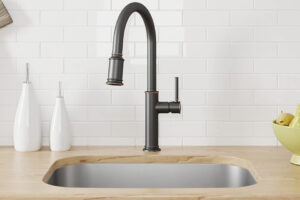
Can a Single Bowl Sink Have a Garbage Disposal
A garbage disposal is a practical addition to any kitchen, and even if you have a single bowl sink, it’s a great fit.
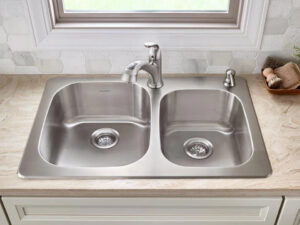
The Stainless Steel Kitchen Sink: A Modern Kitchen Essential
When planning a kitchen renovation or update, selecting the perfect sink is a crucial decision.
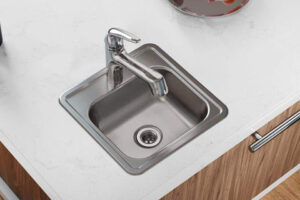
How To Choose a Good Quality Stainless Steel Kitchen Sink
Choosing the right stainless steel kitchen sink can significantly impact both the functionality and aesthetics of your kitchen.
Tags
Related Blog
Learn the newest trends and common knowledge from our blog in stainless steel sinks business.

Choosing the Right Sink for Your Bathroom Remodel: A Complete Guide
When planning a bathroom remodel, one of the most important decisions you’ll make is choosing the right sink.

How to Unclog Your Kitchen Sink: The Ultimate Guide
Are you facing the frustrating problem of a clogged kitchen sink? Don’t worry, you’re not alone.
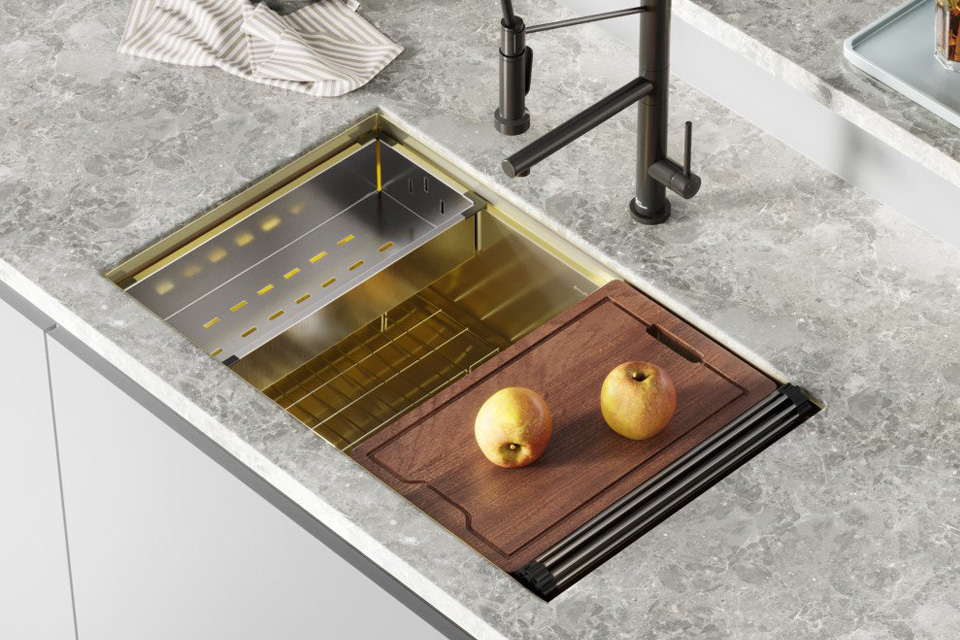
Choosing Kitchen Countertops for Undermount Sinks: The Ultimate Guide
Undermount sinks have become a popular choice for modern kitchens, and finding the right countertop to pair with them is essential for both aesthetics and functionality.

